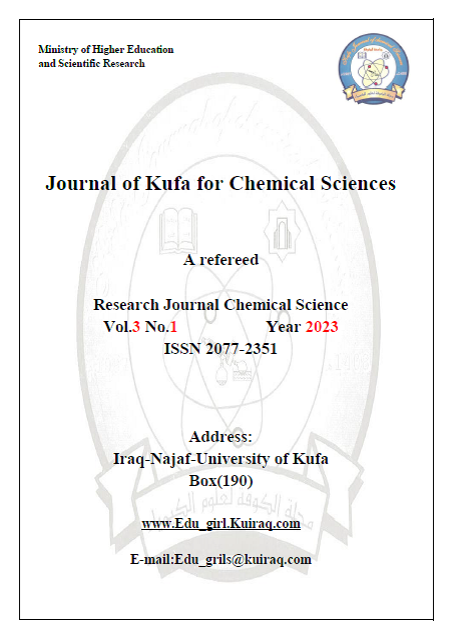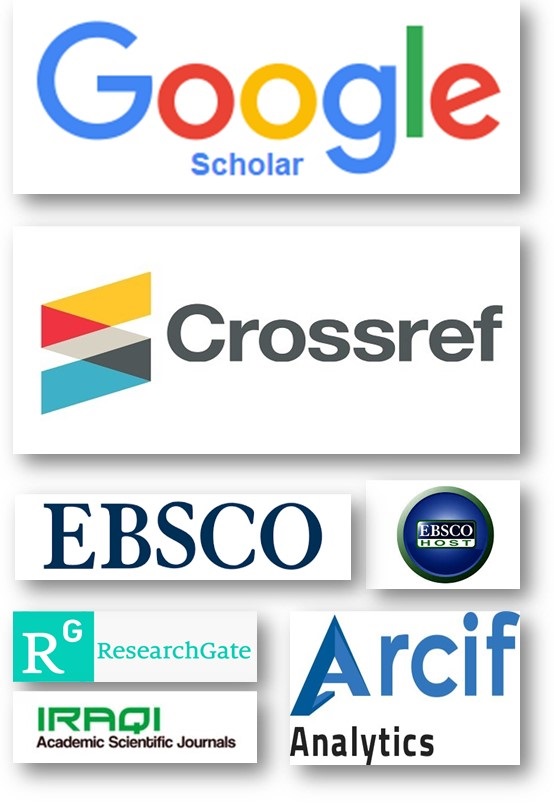Eco-friendly technology to remove heavy metals from waste water using phytoremediation (water hyacinth ): A review
DOI:
https://doi.org/10.36329/jkcm/2023/v3.i1.11314Keywords:
Water, heavy metals, Phytoremediation, water hyacinthAbstract
Environmental contamination, especially water contamination, is a concern in both developed and developing countries. Contamination of water sources with heavy metals is a critical issue that negatively affects living organisms. Because it is not biodegradable, it is stable in the environment, it has a large dispersion with water, and it can accumulate biologically, so there was a need to remove these minerals from wastewater to the permissible limits, and appropriate solutions had to be found. Phytoremediation is a better alternative than traditional physiochemical and biological methods for treating polluted water containing high levels of heavy metals because of its cost-effectiveness and environmental friendliness. Water hyacinth is a floating plant with long roots and green leaves that floats above the surface of the water and is notorious for threatening the survival of aquatic organisms. But it is considered a promising technique for removing pollutants from water, and the plant has been used for various other applications such as the production and generation of ethanol, paper production, and green manure. It was a good support for the technocrats in controlling the growth of this plant, which is a very promising method that removes pollutants with high efficiency and low cost, avoiding many of the drawbacks of traditional methods. This paper presents a comprehensive review of the water hyacinth plant for the treatment of heavy metal contamination in wastewater. This paper also discusses other potential uses of the water hyacinth plant.
Downloads
Downloads
Published
How to Cite
Issue
Section
License
Copyright (c) 2023 Journal of Kufa for Chemical Sciences

This work is licensed under a Creative Commons Attribution 4.0 International License.
Open-access Statement
The journal « Journal Of Kufa For Chemical Sciences» provides immediate open access to its content on the principle that making research freely available to the public supports a greater global exchange of knowledge. Full-text access to scientific articles of the journal is presented on the official website in the Archives section.
This is in accordance with the BOAI definition of open access. The licensing policy is compatible with the overwhelming majority of open access and archiving policies.
The journal «Journal Of Kufa For Chemical Sciences» is an open access journal, which means all its content is freely available without charge to the user or his/her institution. Users are allowed to read, download, copy, distribute, print, search, or link to the full texts of the articles, or use them for any other lawful purpose, without asking prior permission from the publisher or the author as long as they cite the source.The journal is licensed by Creative Commons Attribution International( CC Attribution 4.0) .


